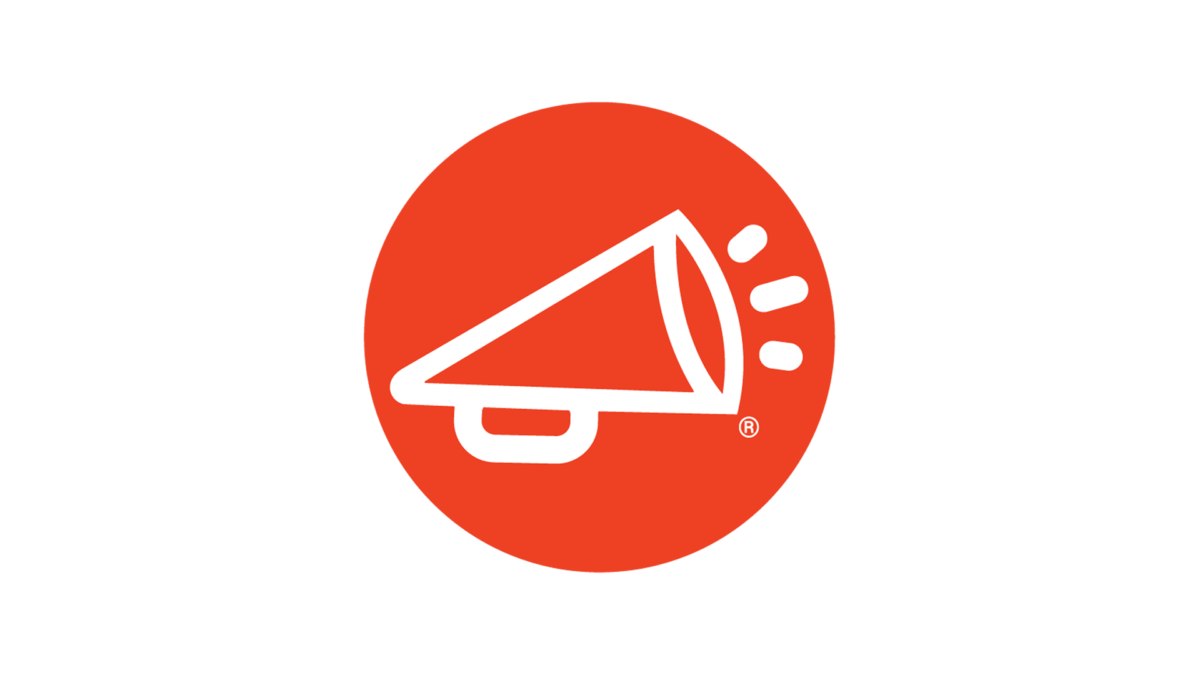

Remember when HR was pretty much all about annual benefits enrollment and making sure people got paid accurately and on time? In other words, HR was purely process-driven. That really wasn’t so far in the past — as recently as the ‘60s and into the ‘70s. Compare that with where HR is today. Or at least where it can be today. Deloitte, for example, says we’re in an era of “Exponential HR” — a period when HR leaders are “spearheading workforce strategy” and moving from an “activity and process world” to a world “focused on work outcomes … curating the human experience that makes work real.”
If that’s true, why is it still so hard to get a handle on how to get the true value out of HR, for HR to be the strategic driver it’s meant to be?
Well, it’s because HR isn’t taking advantage of the technology at its fingertips. Really, it’s that simple. But it’s not the fault of HR leaders and it never was. It was the flow of history. At least, that was the case until now. But we’re getting a little ahead of ourselves.
When the role of HR first got automated in the ‘70s, we were able to do our jobs faster and more efficiently. But HR was still process-driven, still mostly centered on pay and benefits. In fact, the introduction of computer technology further siloed HR from compensation, talent development, and other business units as each of them went shopping for or had IT build their own on-site, legacy systems.
Through the ‘80s and ‘90s, technology evolved and the role of HR gradually became at least a little less transactional and a little more about people. HR began supporting onboarding efforts, for example, and began broadening the role of benefits to include programs like Employee Assistance Programs. But at the same time, separate units were being created, leveraging new technology to manage new, evolving areas of employee management. Wellness is a good example. So are rewards and recognition, talent acquisition, and performance management, among other components that eventually became the framework of Human Capital Management (HCM).
Then the world shifted again with the introduction of cloud computing for business in the early 2000s. Then came software as a service. Suddenly, it seemed that everything could be stitched together, that every director and VP could talk to the other, and everyone could share information — HR, compensation, performance management. But that’s not what happened, is it? For one thing, the technology didn’t have the capacity to do that. But also, there was a critical challenge at the people level: Internally, we kept behind our walls and within our siloes. We were all just oriented that way, technology didn’t change it.


Of course, it makes sense to consider some business processes as independent specialties. The specific area of benefits administration comes to mind. It’s still very much about processes and transactions, with enrollment for new hires and then annually. Unless an employee has a medical claim, they really don’t interact with BenAdmin, do they? Payroll is also very specialized and localized, with its raft of rules and regulations, and its unique processes and procedures.
But beyond benefits today lies the whole world of employee wellness and holistic wellbeing. And beyond payroll is the universe of performance incentives and total rewards. And talent development ties (at least) to onboarding, recognition, and service awards. They all come together as pieces of the employee experience, and the technology is available to unify all of those areas of the employee experience.
What all of those have in common — every one of them — is that they hold the opportunity for HR leaders to stop letting department heads run all of these things as siloed operations. You have the opportunity to do it differently, holistically, influencing so many of the touchpoints of the employee experience. It’s what the people at Deloitte mean when they talk about Exponential HR and moving away from tactical HR to being a strategic driver in the organization. It requires HR to have a new mindset and a new culture, and to work differently in four key ways:
What HR can do now — and what will help it manifest Exponential HR and take greater advantage of leading-edge HR technology — is stop working with disparate, disconnected HR programs and solutions. If you’re still doing that, well, you’re ahead of the old days, but you’re not where the C-suite demands you to be or where your employees want you to be. Employees today expect their workplace software to offer the same interactivity as their consumer experiences.


If you’re relying on point solutions, you’re not only unnecessarily burning through your own resources — your budget and your people’s time and energy — but you’re also missing the opportunity to create a great employee experience. And a great employee experience is truly the new ultimate goal for HR, because a great employee experience will boost engagement, retention, productivity, and the customer experience.
You are where you are with your HR technology, of course. But what if you could do it over?
Imagine the power for HR when you can integrally link all of your programs and processes. Imagine how much more adaptable and agile you could be. Imagine the power of technology to put better and more-strategic decision-making data in your hands — if you had linkages among all of your programs. In short, what we’re talking about is a unified employee experience, linking together:
The result when you have a unified employee experience is a greater opportunity to not only drive engagement but to go beyond that to something more enduring: workplace pride — individual pride in one’s work and company pride. This matters because, as The WorkProud study found:
So, it all plays together. But it takes a unified employee experience to make it happen now. Because what happens in one part of the employee experience doesn’t stay there. And it never needed to. You can start creating a truly unified and engaging employee experience and build a culture of workplace pride now. Contact us by filling out the form below.
WorkProud is committed to helping its clients create a unified approach to the employee experience by helping them build cultures of workplace pride. Trusted by millions of users at some of the world’s most recognized employer brands, WorkProud delivers a comprehensive approach to building company cultures that inspire people to be Proud of their Work and Proud of their Company.




Every month, we share news, knowledge, and insight into what we believe is a pretty simple proposition: If you are “proud of your work and proud of your company,” you are more engaged, more productive, and more likely to stay with your company for the long haul.
*By selecting “SIGN UP,” you agree to WorkProud’s Privacy Policy. You may unsubscribe from our newsletter at any time. Please note when unsubscribing: it may take up to 10 business days for your request to take effect.